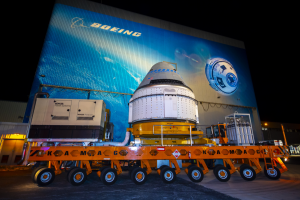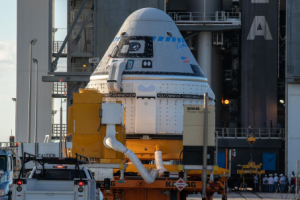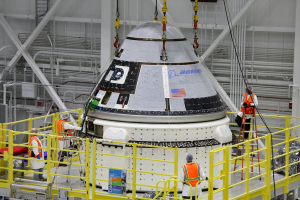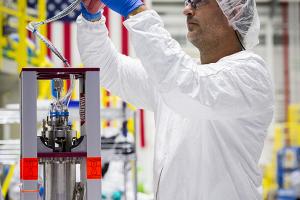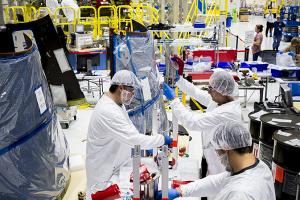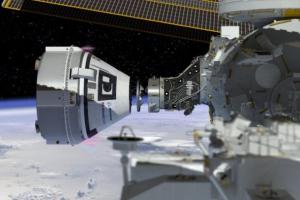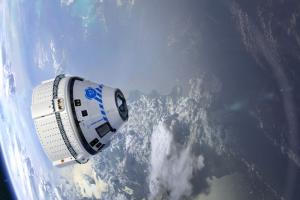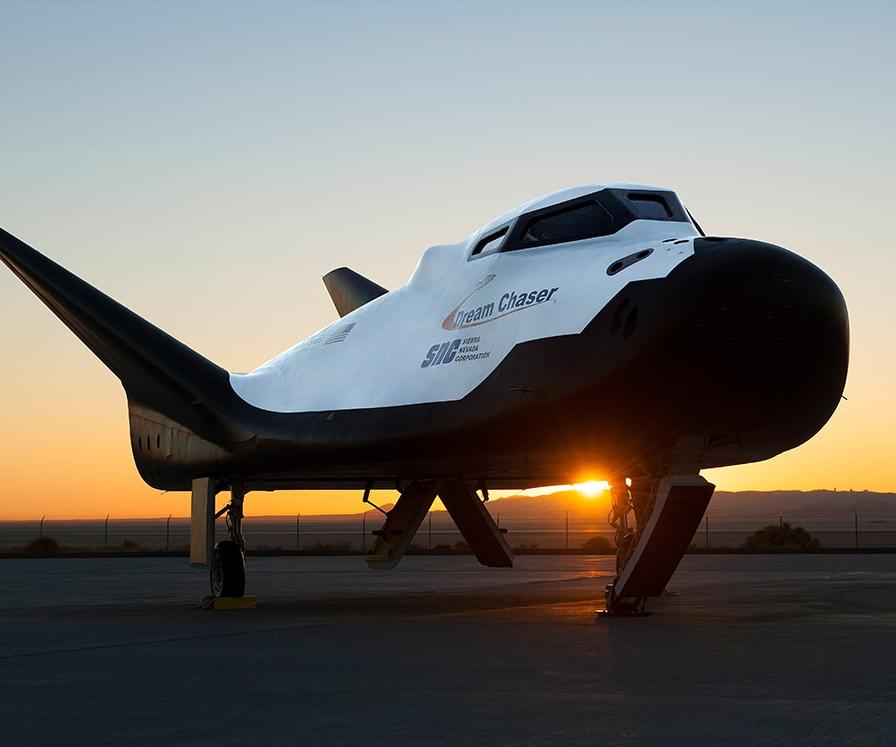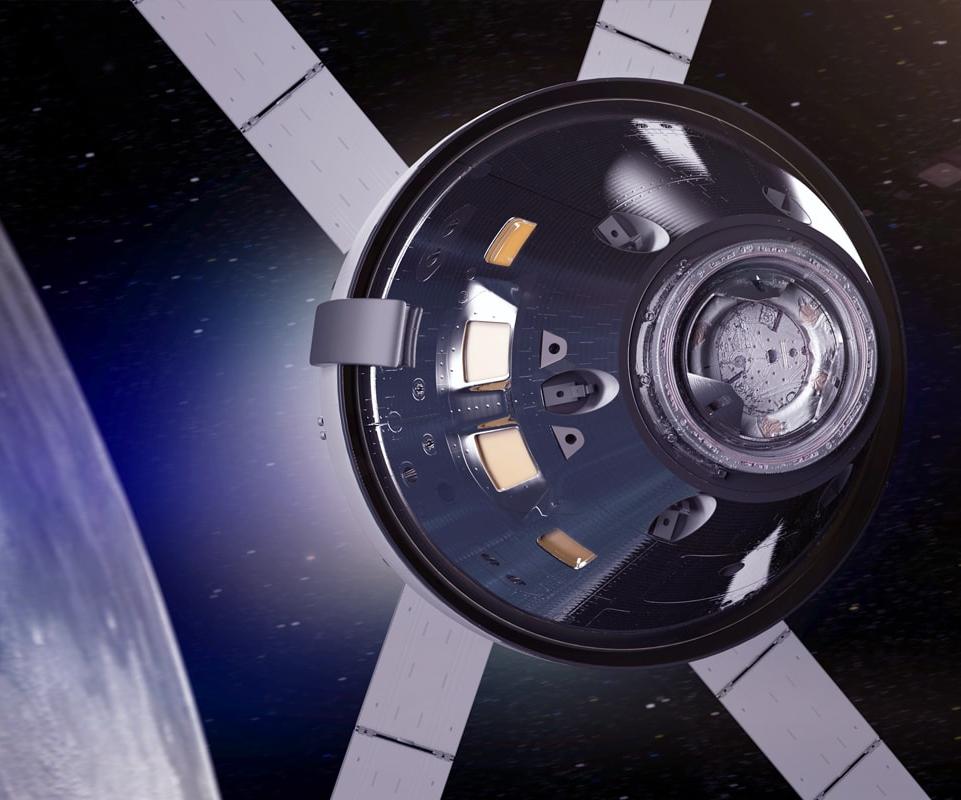CST-100 Starliner
Powering a 21st-Century Spacecraft
Boeing’s CST-100 Starliner spacecraft is a next-generation space capsule designed to carry humans and scientific research to and from low-Earth orbit, including the International Space Station. The spacecraft, developed under Boeing’s Commercial Crew Transportation Capability (CCtCap) contract with NASA, is designed to launch atop an expendable rocket – initially, the United Launch Alliance Atlas V. It was designed to carry a crew of up to seven astronauts or a mix of crew and cargo.

Key Features
Reusability: The Starliner will land on the ground with the aid of parachutes and airbags rather than in the water, enabling the craft to be used up to 10 times.
Autonomy: The Starliner is designed for autonomous operations, reducing the training necessary for space station-bound astronaut crews.
Our Role
Service Module Orbital Maneuvering and Attitude Control Engines: Each Starliner service module will be equipped with 20 Aerojet Rocketdyne engines that generate 1,500 pounds of thrust each to support orbital maneuvers. They will also provide attitude control in the event of a low-altitude launch abort and provide direct abort capability at high altitudes.
Crew Module Reaction Control Engines: The Starliner crew module will use 12 Aerojet Rocketdyne MR-104J thrusters to orient itself during atmospheric re-entry.
Service Module Reaction Control System Engines: Aerojet Rocketdyne’s Reaction Control System (RCS) engines on the Starliner service module each generate 100 pounds of thrust and will be used for on-orbit maneuvering and Space Station reboost. They would also provide attitude control in the event of a high-altitude abort. There will be 28 reaction control system engines on each Starliner service module.
Launch Abort Engines: Aerojet Rocketdyne is providing the 40,000-pound thrust launch abort engines that will separate the capsule and its service module from the rocket in the event of a launch or ascent failure. Each service module is equipped with four launch abort engines. If the launch goes smoothly, the propellant will be used to support mission operations.
Aerojet Rocketdyne is also equipping each Starliner with 160 valves, 18 tanks and more than 500 feet of ducts, lines and tubing.
Resources
- 1. Infographic: Propulsion Powering a 21st Century Spacecraft
- 2. Infographic: Safe, Reliable Access to Low-Earth Orbit
- 3. Infographic: Starliner Launch Abort Capability
- 4. Infographic: Starliner Mission Safety
- We Are Go for Exploration book
Press Releases
- Dec. 12, 2019 - Aerojet Rocketdyne Gears Up for First Flight of Boeing’s Starliner Spacecraft
- Dec. 4, 2019 - Aerojet Rocketdyne to Provide Propulsion for Orion Spacecraft Fleet
- Nov. 04, 2019 - Aerojet Rocketdyne Engines Perform Successfully During Boeing’s Starliner Pad Abort Test
- March 15, 2018 - Aerojet Rocketdyne Ships Starliner Re-entry Thrusters
- April 20, 2017 - Aerojet Rocketdyne Successfully Completes Qualification Tests on Reusable Engine to Support Next Era of Human Spaceflight from the United States
- Oct. 31, 2016 - Aerojet Rocketdyne Successfully Completes Launch Abort Engine Hot Fire Test to Support Next Era of Human Spaceflight Launches from the United States
- Oct. 18, 2016 - Aerojet Rocketdyne Delivers First Set of Propulsion Hardware for Boeing’s Starliner Spacecraft


